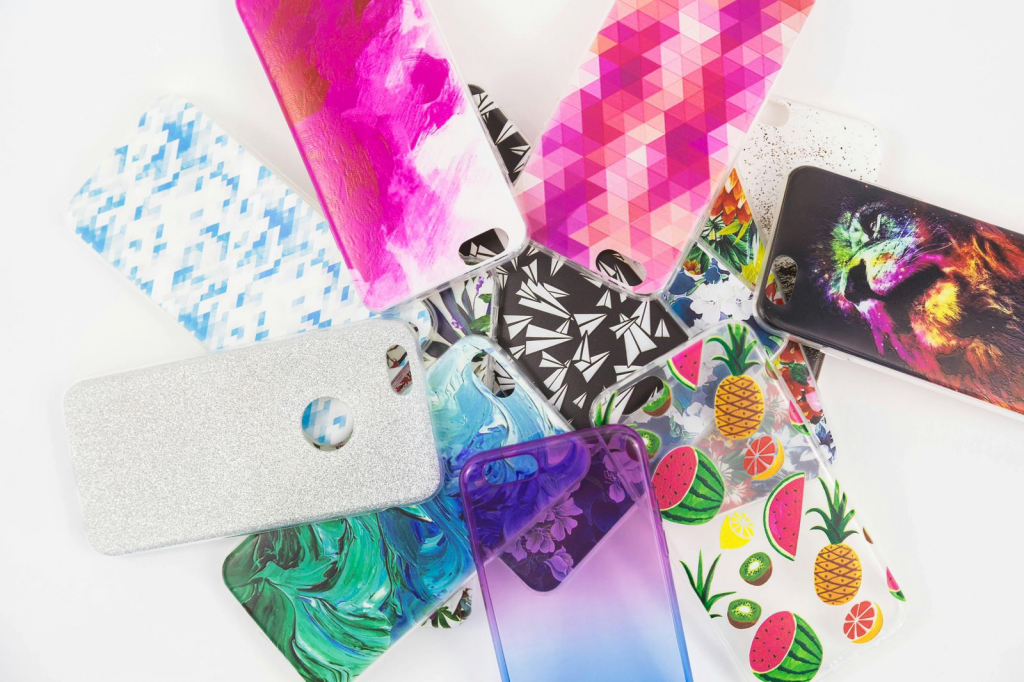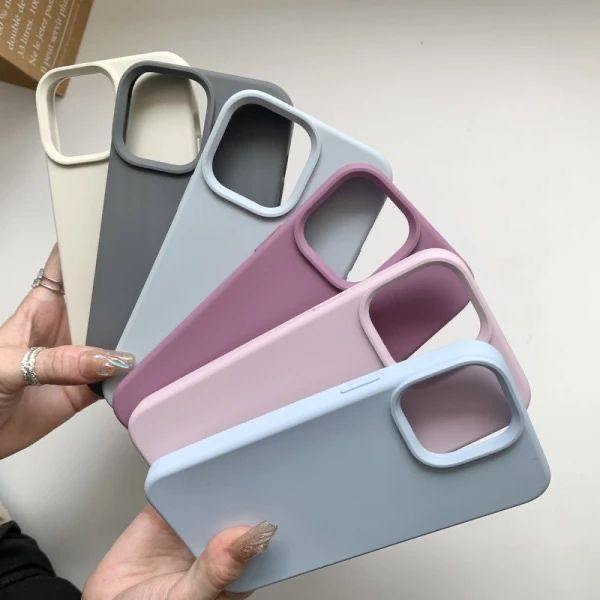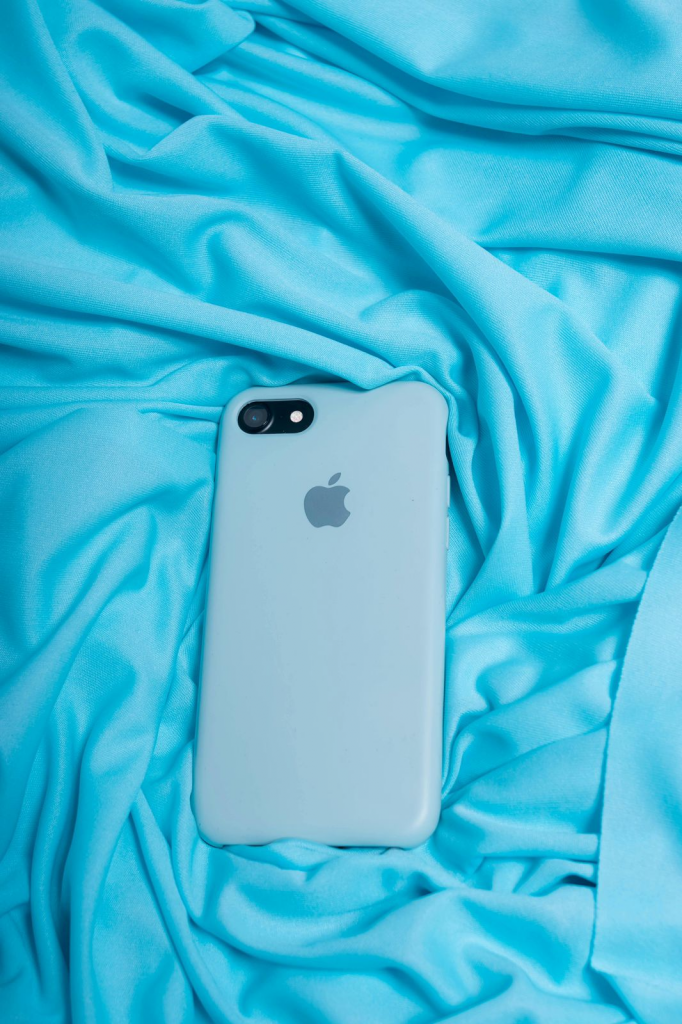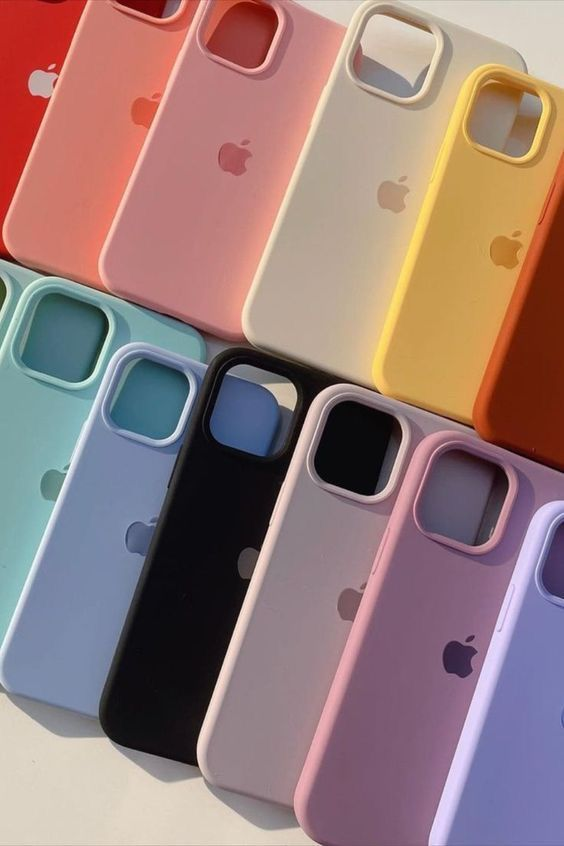Table of Contents

Introduction
In this day and age, phone cases have become fundamental accessories for your phone, for safety as well as for personal style and usefulness. Among the variety of materials accessible for phone cases, Liquid Silicone Rubber (LSR) has arisen as a well known choice. Eminent for its durability, flexibility, stylish appeal, and aesthetics, LSR is progressively preferred by makers and shoppers alike.
This guide explores what compels liquid silicone rubber as an ideal material for phone cases, its unique properties, and the most common way of making a sturdy and sleek phone case using LSR. We will also be comparing silicone and rubber to figure out which is more qualified as the best material for phone cases.
What is a Liquid Silicone Rubber Phone Case?
A liquid silicone rubber phone case is produced using an excellent, adaptable, and sturdy polymer that is infused into molds to frame precise shapes. LSR is known for its amazing properties, including protection from temperature extremes, ecological factors, and mileage. Phone cases produced using liquid silicone rubber are smooth to the touch, giving a comfortable hold, and are frequently intended to fit snug around the phone, offering strong security against drops and scratches.
These cases can be customized in different varieties, designs, colors, and textures, considering a large number of stylish options. Liquid silicone rubber phone cases are additionally noted for their non-toxic and hypoallergenic properties, making them safe and secure for long use and contact with the skin. The assembling system includes injecting the liquid silicone into molds under high pressure, guaranteeing accuracy and consistency in each case created.
Why Do People Prefer Liquid Silicone as a Phone Case?

Consumers favor liquid silicone rubber for phone cases because of its mix of safe and secure characteristics, aesthetic allure, and user comfort. One of the essential reasons is the amazing security it offers. LSR cases give incredible shock absorption, protecting phones against drops and impacts that are accidental or intentional. The flexibility of the material allows it to cushion the phone, diminishing the probability of harm.
One more reason behind the popularity of Liquid silicone phone cases is their material feel. The smooth, delicate surface of silicone rubber gives a comfortable hold, diminishing the possibilities of the phone slipping from the hand. Moreover, LSR cases are resistant to residue and dust, keeping the phone looking perfect and new even after extended and long use.
LSR phone cases are additionally exceptionally sturdy and durable, enduring day to day mileage without losing their shape or color. The material’s protection from UV light and synthetic substances guarantees that the case does not stain or lose its shape over the long run, keeping up with their stylish allure. Besides, the non-toxic and hypoallergenic nature of LSR settles on protected decisions for users, particularly those who have skin sensitivity.
What are the Properties that Make it Best for Making Phone Cases?
Liquid Silicone Rubber has a few properties that make it an ideal material for phone cases. These properties include:
- Thermal Strength: LSR can endure outrageous temperatures without debasing or losing its shape, making it appropriate for use in different environmental circumstances. This thermal strength guarantees that the phone case stays in one piece and is practical in both hot and cold environments.
- Durability: LSR is profoundly tough, opposing wear and tear from everyday use. It keeps up with its underlying honesty and appearance over the long run, guaranteeing enduring assurance for the phone.
- Chemical Resistance: LSR is resistant to numerous chemicals, including oils, solvents, and domestic cleaners. This obstruction keeps up with the case’s appearance and usefulness, in any event, when presented to possibly harming substances.
- Flexibility: LSR is flexible enough to absorb shocks and impacts, giving astounding insurance and protection against drops. This flexibility likewise guarantees a snug fit around the phone, upgrading its defensive capacities.
- Hypoallergenic and Non-Toxic: For prolonged use and contact with the skin LSR is a safe option. It is non-toxic and hypoallergenic, making it reasonable for users with sensitive and delicate skin.
- Aesthetic Appeal: LSR can be modified in different tones, textures, and designs, considering many stylish and aesthetic choices. This adaptability empowers makers to make phone cases that take care of various preferences and inclinations.
How to Make a Unique and Durable Silicone Phone Case with Molding Techniques

Making a unique and tough silicone phone case using molding techniques includes a few exact steps that are precisely formulated. To start with, plan a definite mold intended for the phone model, guaranteeing exact patterns for buttons and ports. Set up the liquid silicone rubber by completely blending its components.
Later, inject the silicone into the mold under high pressure, guaranteeing it fills all regions with any gaps or air bubbles forming. Allow the silicone to set and cure, which might be accelerated rapidly with heat.
Cautiously remove the cured phone case from the mold and assess for blemishes to make sure it holds its shape, making any essential changes. This process brings about an excellent, custom silicone phone case that is both solid and stylishly appealing.
Is Silicone or Rubber Better for a Phone Case?

While selecting either silicone and rubber for a phone case, taking into account the particular properties and advantages of every material is significant. Silicone, especially liquid silicone rubber, is frequently liked for phone cases because of its predominant flexibility, durability, and stylish characteristics. Silicone cases give a smooth, comfortable hold and are resistant to residue, build up, and natural factors. They keep up with their color and appearance over time and deal with shock retention and protection against drops and impacts.
Rubber, then again, is likewise a strong and defensive material however may not offer a similar degree of flexibility and stylish appeal as silicone. Rubber cases can be bulkier and may draw in residue and dust more without any problem. Nonetheless, rubber can give a firmer hold and is many times used in uncompromising cases intended for extreme circumstances.
While both silicone and rubber have their benefits, liquid silicone rubber will in general be the better decision for phone cases because of its blend of assurance, solace, and stylish allure.
Conclusion
Liquid silicone rubber has risen as a main material for phone cases, offering unmatched insurance, durability, and stylish appeal. Its special properties, like flexibility, thermal strength, and chemical resistance, make it ideal for creating phone cases that defend devices as well as give a comfortable and in general user experience.
By following prescribed procedures in the manufacturing industry you can make top caliber, custom silicone phone cases that take care of a large number of preferences and requirements. Whether for individual use or large scale manufacturing, liquid silicone rubber stands apart as the prevalent decision for making phone cases that join usefulness with style.